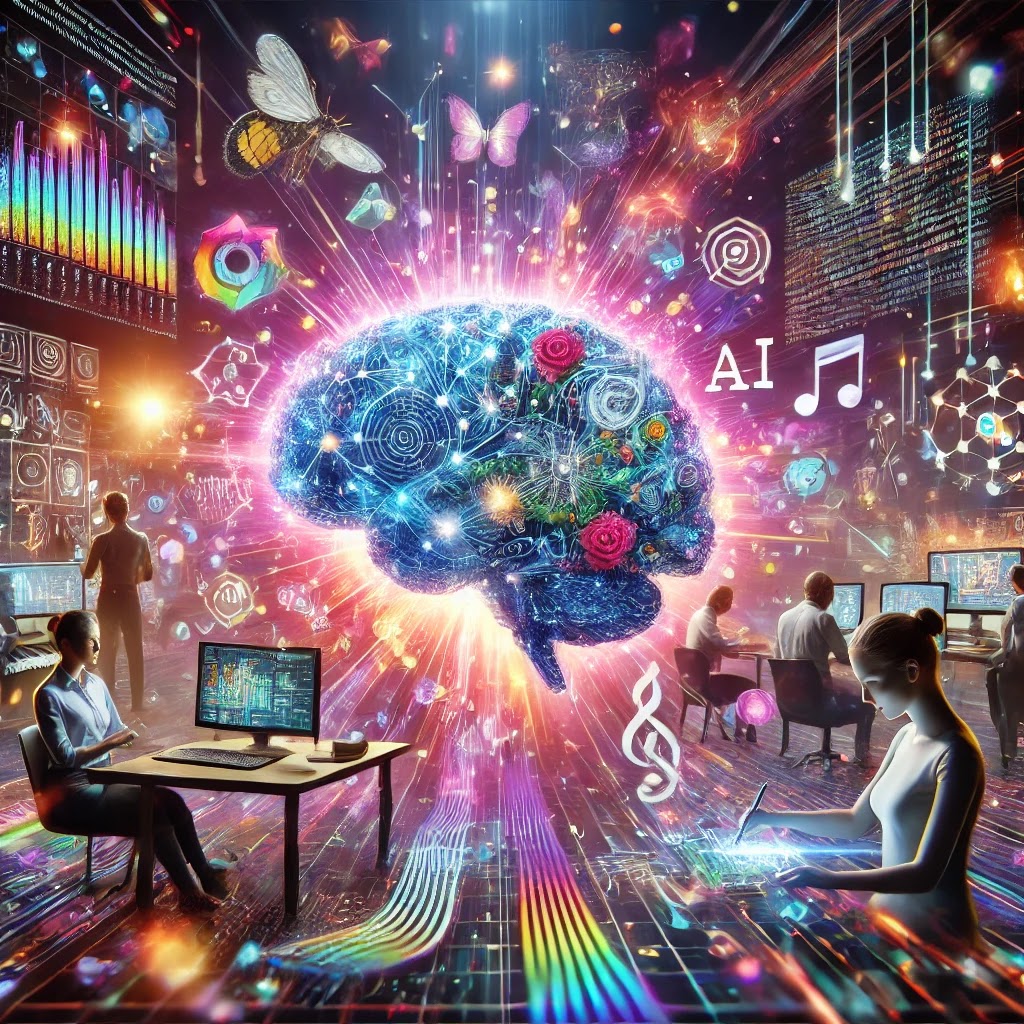Artificial intelligence (AI) has been a buzzword for years, but in 2024, it’s not just a tech trend; it’s a tool reshaping how we work, create, and live. From automating routine tasks to generating entire pieces of art and literature, AI is becoming an essential part of our daily lives. Let’s explore why generative AI is dominating headlines and how it’s impacting industries across the board.
Why Generative AI is the Game-Changer
Generative AI refers to AI systems, like OpenAI's GPT models or Google's Bard, that can create content—text, images, code, even music. It’s no longer just about speeding up processes; it’s about adding creativity to automation. In the workplace, tools like Microsoft’s Copilot and Adobe’s Firefly are helping teams draft documents, design marketing assets, and even debug code faster than ever.
Imagine entering a few keywords, and in seconds, your AI assistant drafts a marketing plan or creates a visually stunning campaign. That’s the power of AI today.
AI at Work: Enhancing Productivity
Companies like Microsoft and Google have embedded AI into their software ecosystems. Features like:
- AI Meeting Summaries: Tools that summarize long meetings or emails in a snap.
- Automated Data Analysis: Excel with Python and other AI integrations make analytics accessible even to non-coders.
- Content Creation: Platforms like Canva and Firefly enable non-designers to create professional-grade visuals.
According to Microsoft, nearly 70% of Fortune 500 companies now use AI to save time and money. Vodafone, for instance, reports saving 3 hours per week per employee thanks to AI-driven tools.
Generative AI in Creative Industries
While businesses use AI to streamline workflows, creative industries are tapping into its power to innovate. Music labels are collaborating with AI to produce tracks, authors are using AI to brainstorm storylines, and filmmakers are experimenting with AI-generated storyboards. However, this rise has sparked debates about originality and copyright.
One fascinating application? AI-generated characters in video games. Studios are using generative AI to create smarter, more realistic non-player characters (NPCs), enhancing gameplay experiences.
Concerns Around AI: Ethics and Bias
Despite the excitement, generative AI isn’t without challenges. Concerns about ethical use, data privacy, and bias in AI outputs remain hot topics. Governments worldwide are scrambling to regulate AI while allowing innovation. In fact, the EU’s AI Act and similar regulations aim to ensure transparency and accountability in AI tools.
What’s Next?
AI’s potential feels limitless. With developments in quantum computing, AI could soon tackle complex problems like climate modeling and drug discovery at an unprecedented scale. But for everyday users, the focus is clear: making life easier, faster, and more creative.
Generative AI is no longer just a futuristic idea. It’s here, transforming our world bit by bit. The question is, how will you use it to shape your future?
 Reviewed by Admin
on
November 27, 2024
Rating:
Reviewed by Admin
on
November 27, 2024
Rating:









No comments: